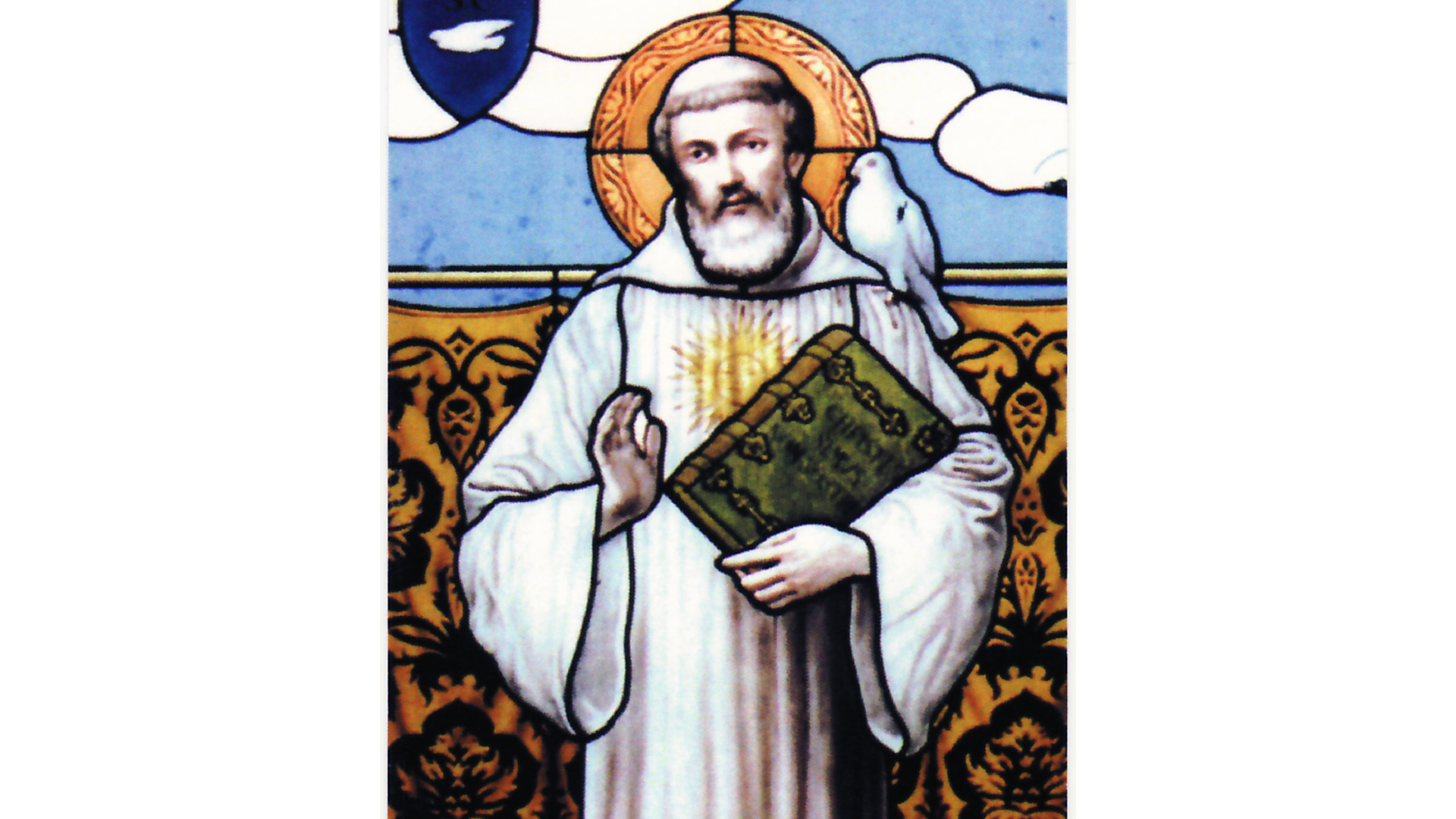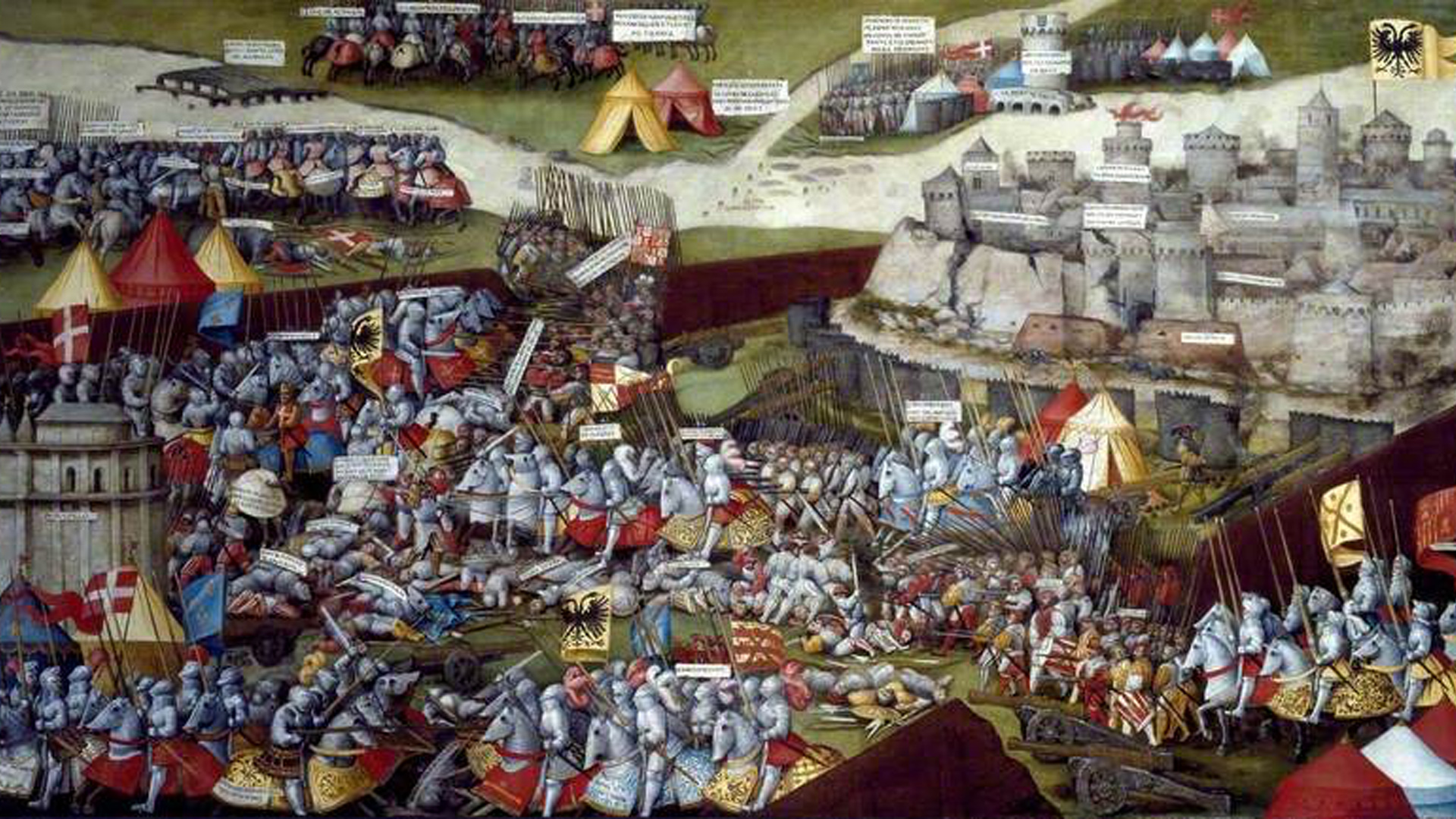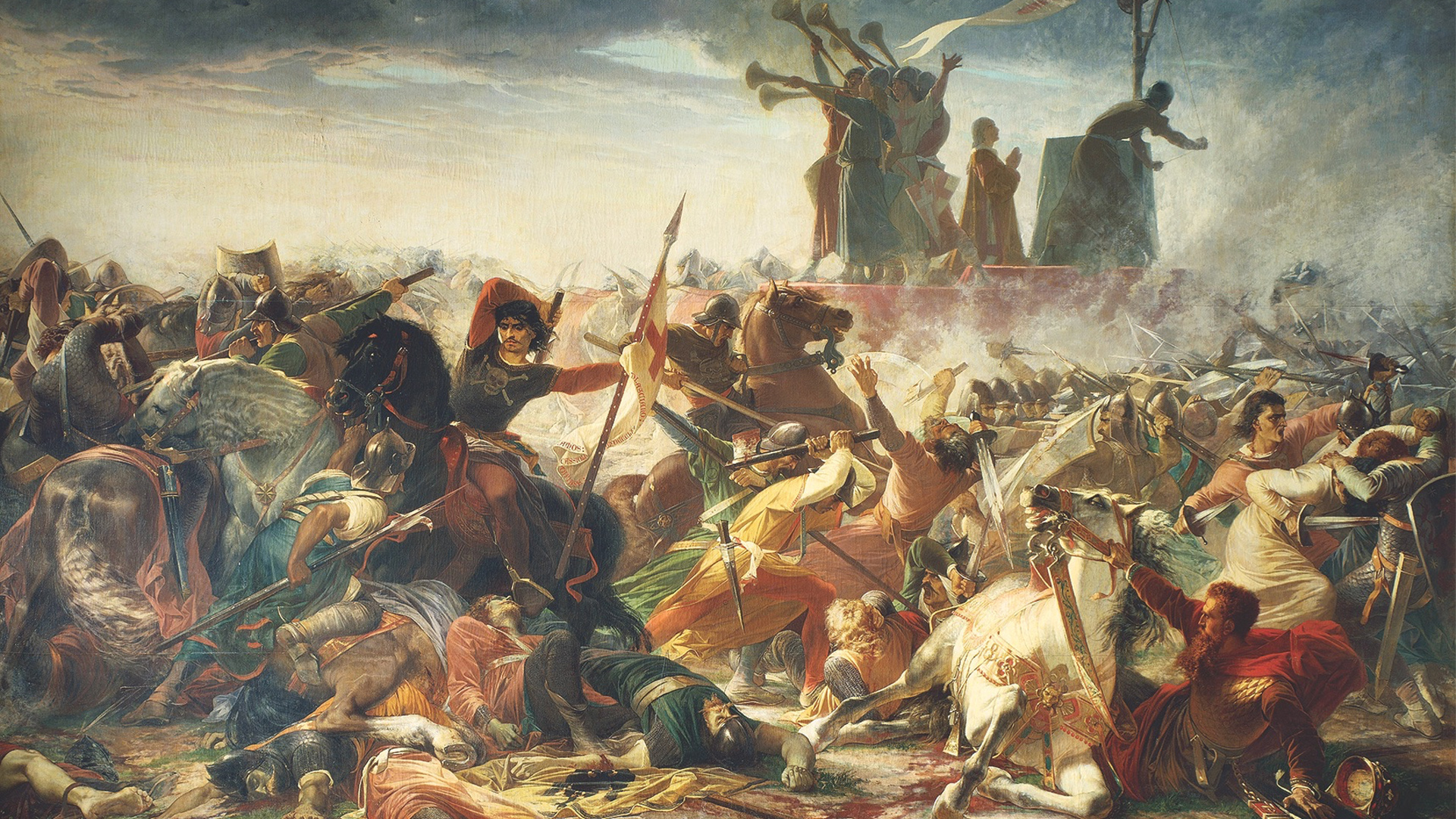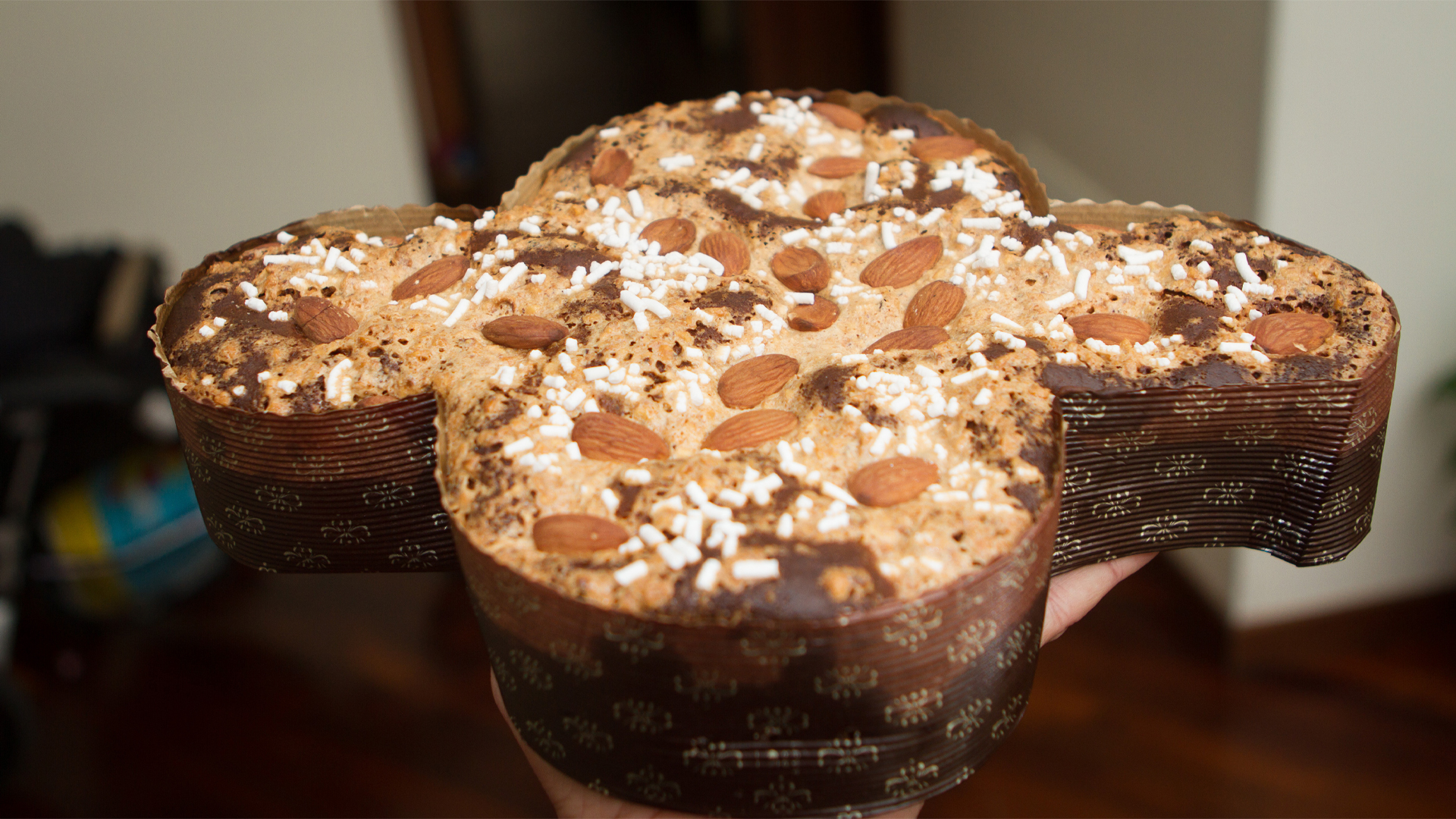The Colomba is Italy’s Easter-time dessert, the spring relation of Panettone, the cake the country eats at Christmas. The Colomba is baked into the shape of the dove, which in Christian tradition is a symbol of peace and love, and traditionally presented next to an egg, which represents Resurrection. The cake has been a staple at Italian tables for generations, but where did it come from and when did it become an Easter icon? Below are three legends that try to explain the mysterious origins of this fluffy dessert.
Queen Theodolinda and St. Columbanus

This legend suggests that the Colomba hails from Lombardy, in the city of Pavia, which was the capital of the northern region in the 7th century AD. In 610 AD, Queen Theodolinda hosted a group of Irish pilgrims led by St. Columbanus. The queen and her husband King Agilulfo offered their guests entertainment and food, but St. Columbanus declined as he was observing Lent. The royals, outraged at what they considered to be a personal offense, were then shocked when the saint blessed the table’s game, turning it into “white doves of bread.”
Pavia and the siege of King Alboin

(Photo credit: Ashmolean Museum, Oxford)
Once again set in Pavia and Lombardy, this legend dates to the time of King Alboin in 572 AD. The King of the Germanic Lombads waged war on Byzantine Italy, crossing the Alps to take Pavia. After three years of siege, the barbarians entered the city intent on pillaging. Pavia’s citizens offered them sweets, baked into the shape of a dove, as a gesture of peace. This move apparently prevented any plundering and pillaging and made Pavia the capital of the new Kingdom of the Lombards.
The Battle of Legnano

(Photo Credit: Bridgeman Images)
The third legend jumps forward in time to the Battle of Legnano, held in 1176 AD between the imperial army of Holy Roman Emperor Federico Barbarossa and the Communes of the Lombard League. As Barbarossa’s troops approached, according to legend, the Lombard League’s chariot leader saw two doves resting on their insignia, which was construed as a sign of impending victory. To give his men courage, he had cooks bake bread in the shape of a dove. It was an apparently successful move, as the Lombard League resoundingly won the battle.
Information was sourced from La Cucina Italiana and Scuola Leonardo Da Vinci.
Asia London Palomba
Asia London Palomba is a trilingual freelance journalist from Rome, Italy. In the past, her work on culture, travel, and history has been published in The Boston Globe, Atlas Obscura, The Christian Science Monitor, and Grub Street, New York Magazine's food section. In her free time, Asia enjoys traveling home to Italy to spend time with family and friends, drinking Hugo Spritzes, and making her nonna's homemade cavatelli.

